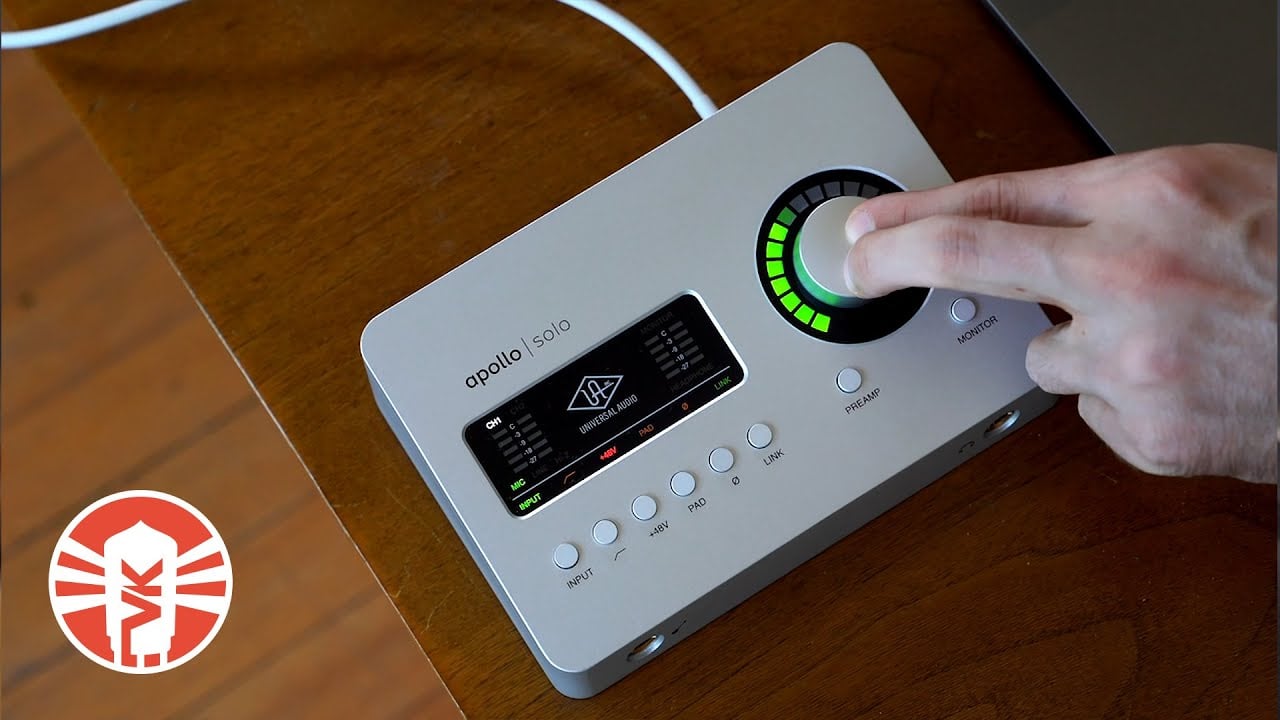

The SD Association came up with the speed classification systems to help differentiate what cards are best suited to what purposes. Standard definition recording and playback In the table below, we can see how they roughly compare. With so many speed classes to get your head around, it can be tricky to figure out what rating you really need. However, not all NAND flash chips are the same, so the speed classes also indicate the minimum sequential write rate - the slowest speed at which data can be put onto the memory chip in a structured, rather than a random, way.

This is a measure of the maximum amount of bytes per second that can be transferred between the SD card and host device.Ī microSD card sporting an extra row of contacts, for more performance. The differences between all the interfaces and performance are set out in so-called speed classes, and each one is generally organized by the peak bus throughput. the bus clock is higher) but in some cases, the SD card has extra contacts to provide more channels for the data. The interface between the card and the reading device has evolved with each specification revision - in some cases, the updated system just runs faster (i.e. SD Card Performance: Speed ClassesĪll SD cards use the little brass contacts at the end of the package to receive and send information, in the form of instructions and data. You'll probably have also noticed that there's even more to SD cards than just capacity: time to talk about performance. The table above, from the SD Association, shows how the Secure Digital technology has changed over the past two decades and highlights just how quickly they grew in storage capacity. SDUC is still very new, so it will be some time before we see produces routinely supporting it 128 TB of storage should be enough for the majority of users for years to come! The need for increased storage continually grows, thanks to bigger games, more complex apps, and cameras sporting ever higher resolutions - but there will always be an SD card for everyone's needs and budget. SDSC, SDHC, and SDXC cards are supported in a wide range of devices, such as laptops, smartphones, drones, and digital cameras. The exFAT file format was specifically designed for NAND flash devices and is likely to remain the standard for many more years. SDHC is nearly always FAT32 and the XC/HC versions use exFAT. SDSC is restricted to FAT12, FAT16, and FAT16B. Because there is a big difference in the storage sizes, each category also has restrictions of the file format used.
#Best micro sd card for mac pro Bluetooth
These cards sport an extra device that provides additional functions, such as a Bluetooth or GPS receiver. The fifth category, Secure Digital Input Output ( SDIO), are special in that they contain more than just storage.



 0 kommentar(er)
0 kommentar(er)
